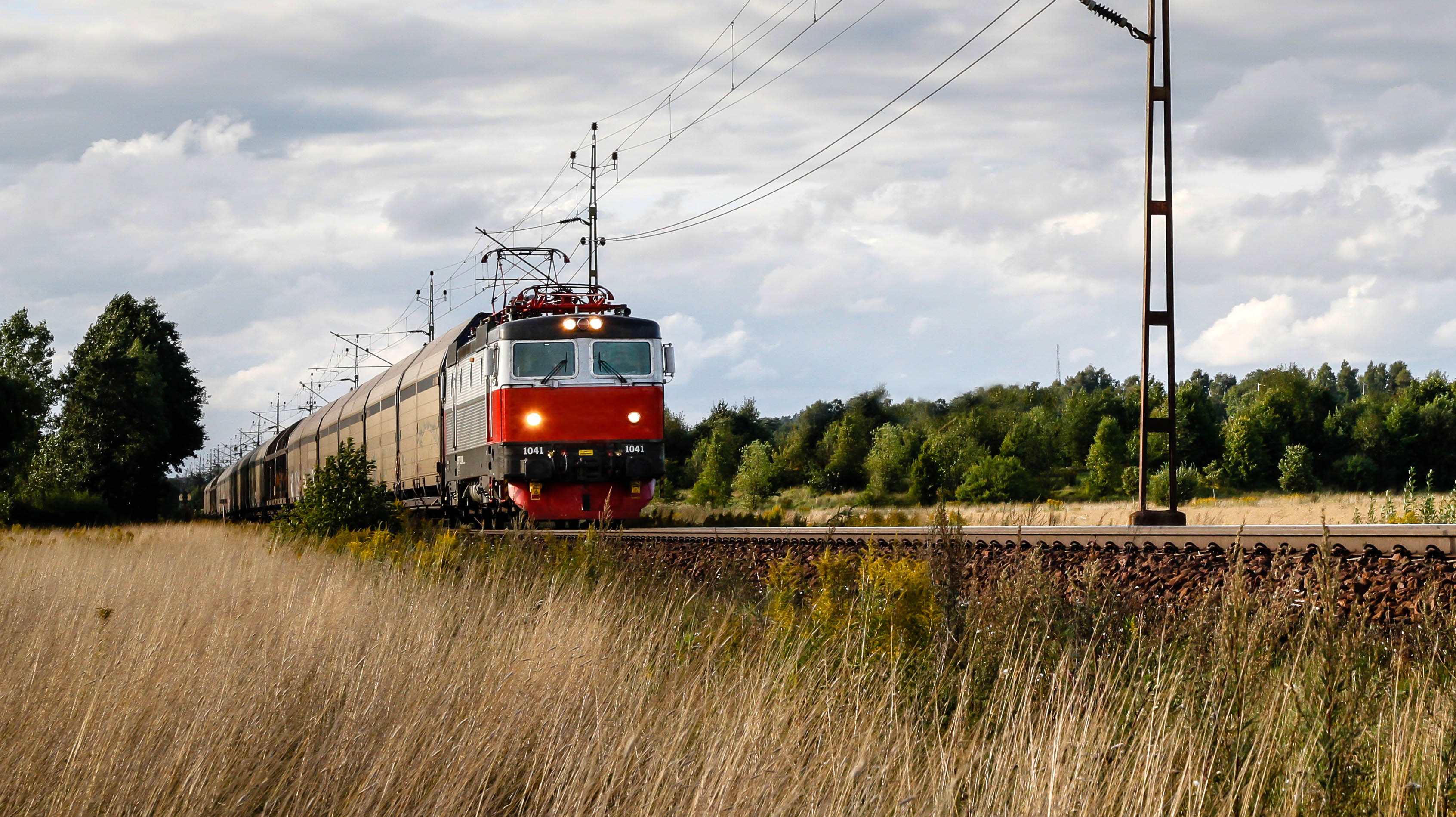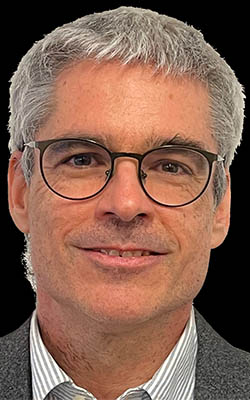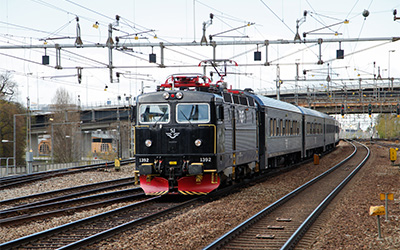KTH Railway Group's goal: Increase train traffic in Sweden

One of the goals of ongoing research projects within the KTH Railway Group is to densify train traffic on Sweden's existing railways.
"The biggest problem for the country's train traffic is the limited capacity of the neglected railway network," says KTH researcher Sebastian Stichel, director of the KTH Railway Group.
The KTH Railway Group's research aims to increase the use of railways and create more environmentally friendly rail traffic.
"The fact that the EU and the Swedish Transport Administration are now investing about 60 million Swedish crowns in our train research is a clear sign that the railways are seen as an important mode of transportation for the future in Europe," Sebastian Stichel says.

Large sections of Sweden's rail network are in need of upgrading in the near future, and major repair measures are planned in the coming years.
The result will be a reduced number of train trips on several high-traffic routes through the country.
"A challenge for Sweden's train traffic is that several different types of trains have to coexist on a few tracks," he says.
The maximum speed of the different trains varies. Freight traffic runs at 100 km per hour, while Sweden’s high-speed X2000 runs at 200 km per hour on the same track.
"The faster trains have time to catch up with the slower ones, and capacity is reduced. We are now reviewing the possibilities of getting more traffic on the available train tracks.”
This can be done, for example, by increasing the speed of some freight trains to 140 km per hour. The speed increase can be implemented with the help of technological improvements. And by introducing new signaling systems, the trains will be able to follow each other more closely.
So-called seamless freight transport is one of the KTH Railway Group's priority research areas within EU-Rail .
"This means that different countries' various signaling systems for train traffic will be coordinated so that, for example, journeys between Sweden, Denmark and Germany can be made much faster and smoother than today," Stichel says.

Among other things, the time-consuming process of connecting and disconnecting wagons at stations and national borders can become much faster and more efficient in the future, through a digitally controlled automatic connection.
“Currently, railway staff need to be on site to perform the coupling work manually on the rails. But thanks to automatic coupling, trains do not have to make long stops to change locomotives and wagons," Stichel says.
Sensors detect "how a wagon is feeling"
Future driverless trains operating on the railway network constitute another research area in the KTH Railway Group.
"It is also a psychological question whether we will be able to introduce driverless trains for both passenger and freight traffic in Sweden.”
Stichel says that traffic safety is strengthened partly by digitalization and GPS control, and partly by radio communication coordinated in traffic control centers.
Technical train safety can be increased by, among other things, sensors that detect "how a wagon is feeling" in real time by registering increased vibrations.
“Troubleshooting becomes more efficient, and the need for wheel replacement, for example, can be detected early.”
In the structure lab at KTH, researchers have designed and tested a new type of carbon fiber bogie frame, using a so-called sandwich material. The entire train bogie frame weighs only 76 kg, a about 50 percent less than conventional bogie frames.
About 50 people currently work in the KTH Railway Group's various research projects."This makes us the largest railway research node in Sweden," Stichel says.
"When we started the work many years ago, the group consisted mainly of engineers in mechanical and electrical engineering, bridge construction and traffic planning. Now we have added new skills, including computer engineers in the field of cyber security.”
Katarina Ahlfort
Photo: Photo: Michael Erhardsson/Mostphotos

